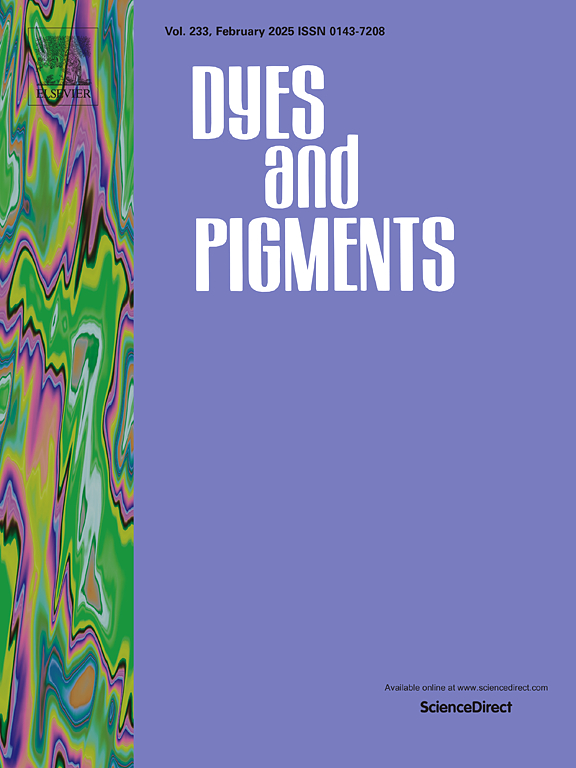Preparation of stable liquid disperse dye using the antisolvent precipitation method for enhancing dyeability and eco-friendliness
IF 4.1
3区 工程技术
Q2 CHEMISTRY, APPLIED
引用次数: 0
Abstract
The objective of this study is to identify the optimal conditions for preparing liquid disperse dyes via the antisolvent precipitation method. Conventional liquid disperse dyes are typically produced via a top-down process, which possesses inherent limitations including high energy consumption. Antisolvent precipitation, as a bottom-up method, has not yet been widely adopted in commercial production of liquid disperse dye products. Utilizing this method to prepare dye suspensions could potentially reduce the energy consumption associated with the production of liquid disperse dyes. Herein, the particle size of dyes precipitated in the antisolvent was controlled by introducing surfactants at the early stage of precipitation, successfully producing small particle size liquid dispersions. The dye particle size was 10 μm before adding the dp510 dispersant and decreased to 242 nm afterward. The effect of different process parameters on the particle size, stability and dyeing properties were investigated.
求助全文
约1分钟内获得全文
求助全文
来源期刊

Dyes and Pigments
工程技术-材料科学:纺织
CiteScore
8.20
自引率
13.30%
发文量
933
审稿时长
33 days
期刊介绍:
Dyes and Pigments covers the scientific and technical aspects of the chemistry and physics of dyes, pigments and their intermediates. Emphasis is placed on the properties of the colouring matters themselves rather than on their applications or the system in which they may be applied.
Thus the journal accepts research and review papers on the synthesis of dyes, pigments and intermediates, their physical or chemical properties, e.g. spectroscopic, surface, solution or solid state characteristics, the physical aspects of their preparation, e.g. precipitation, nucleation and growth, crystal formation, liquid crystalline characteristics, their photochemical, ecological or biological properties and the relationship between colour and chemical constitution. However, papers are considered which deal with the more fundamental aspects of colourant application and of the interactions of colourants with substrates or media.
The journal will interest a wide variety of workers in a range of disciplines whose work involves dyes, pigments and their intermediates, and provides a platform for investigators with common interests but diverse fields of activity such as cosmetics, reprographics, dye and pigment synthesis, medical research, polymers, etc.
 求助内容:
求助内容: 应助结果提醒方式:
应助结果提醒方式:


